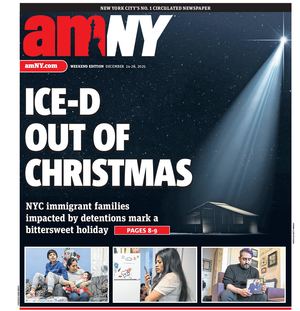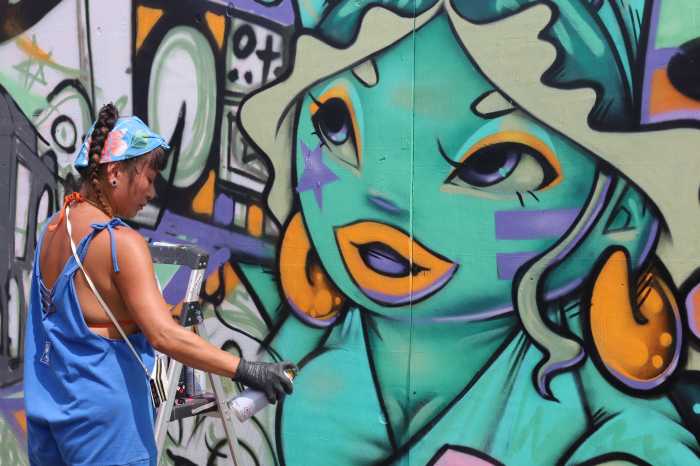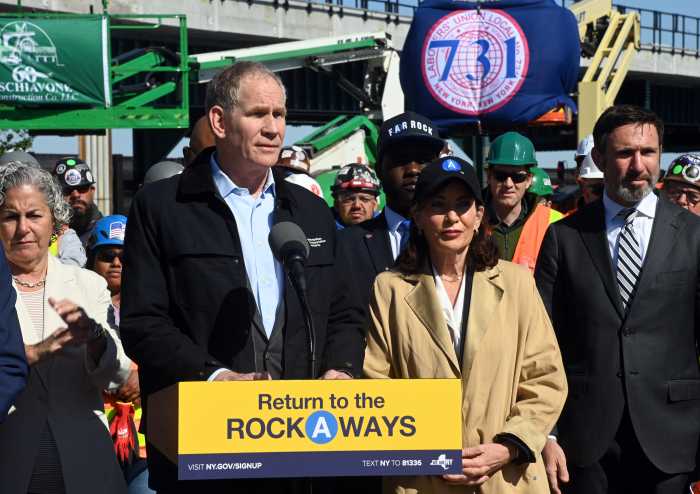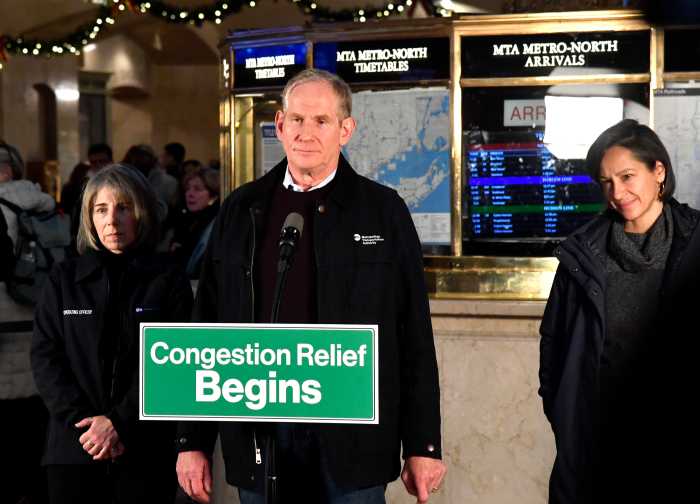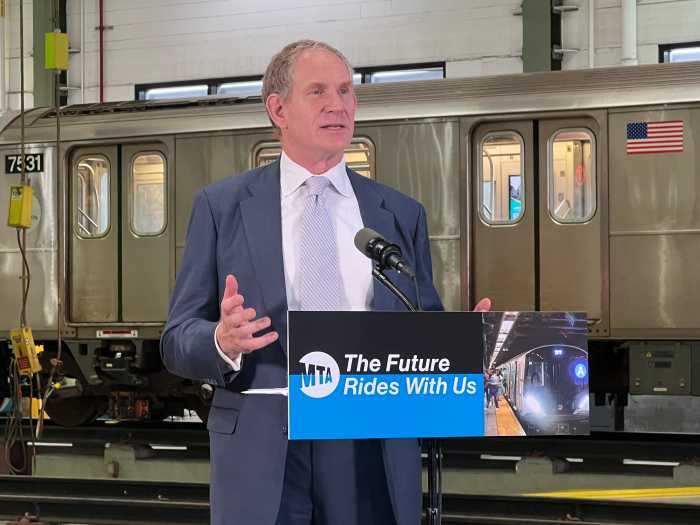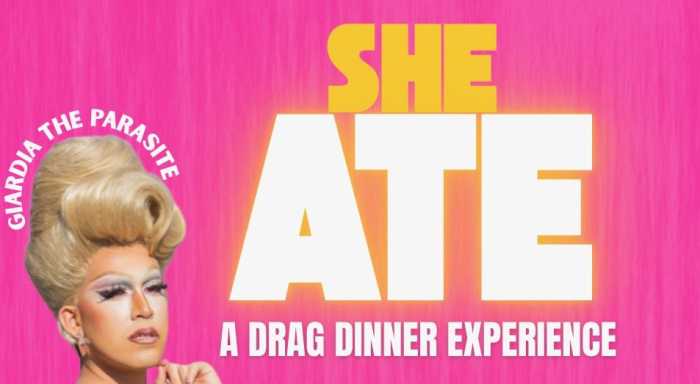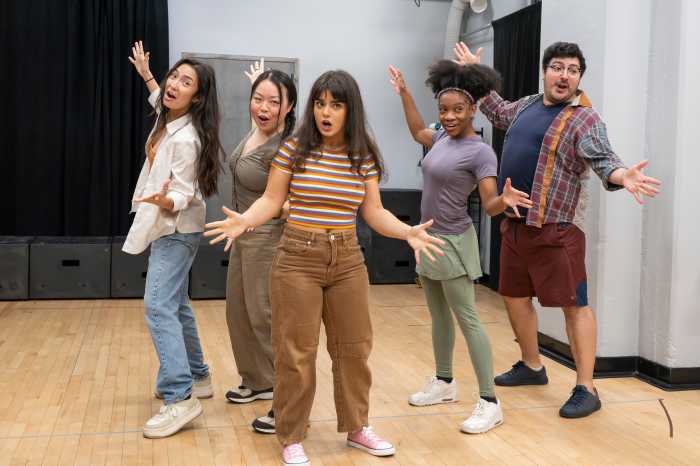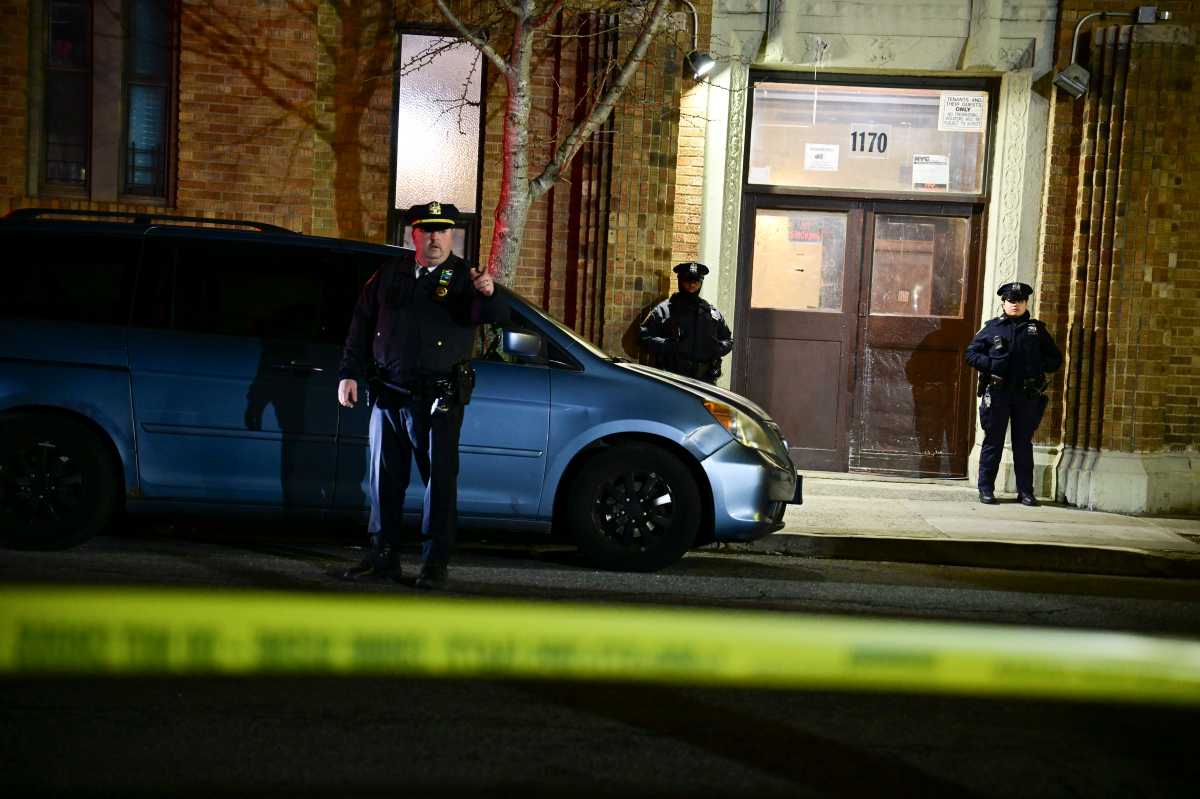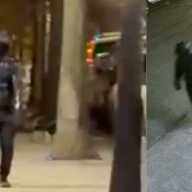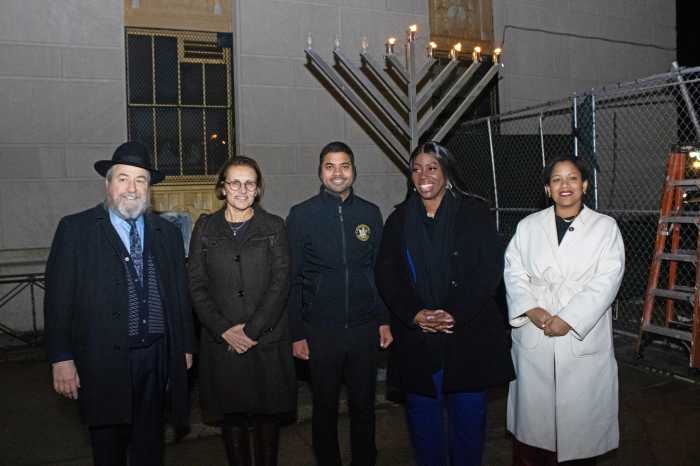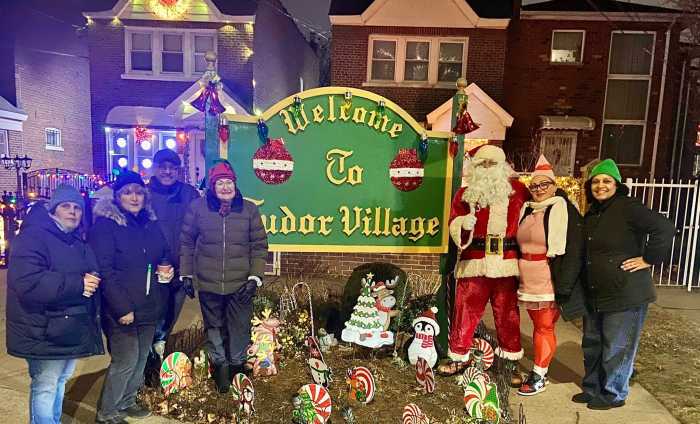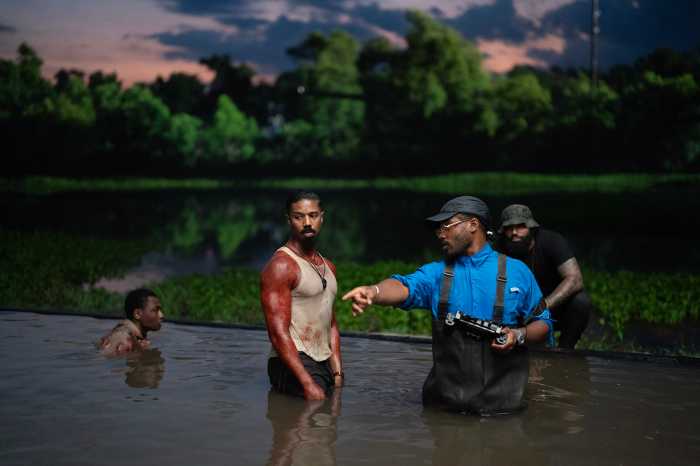The MTA board voted during a special meeting in Harlem on Monday to approve a tunneling contract for extending the Second Avenue Subway into East Harlem, paving the way for Phase 2 of the anticipated Manhattan transit project.
Connect Plus Partners, a joint venture of Halmar International and FCC Construction, was awarded the $1.97 billion contract to start digging two tunnels.
This second phase of work will extend Q train service from 96th Street north to 125th Street, and then west on 125th Street to Park Avenue — approximately 1.5 miles in total. MTA officials said there will be a direct connection with the existing 125 Street station on the Lexington Avenue subway line.
Work will also include an entrance at Park Avenue to allow transfers to the Metro-North Railroad’s Harlem-125 Street stop.
Workers will also excavate space for the future 125 Street station, and in a “cost-containment measure” that officials said would save the MTA $500 million, outfit the tunnel along the route that was built in the 1970s to accommodate the future 116 Street Station.
Hochul hails Second Avenue Subway extension to Harlem
Hochul, who was at the meeting with leadership from the state-run transit agency, described the Second Avenue Subway as a “long overdue” transportation project.
“This is a community that matters,” Hochul said while describing the long commutes of residents of East Harlem.
Phase 2 of the project is expected to cost nearly $7 billion and open in 2032. Phase 1 opened in 2017 with three stops: 72nd, 86th and 96th Street stations.
The MTA’s 2025-2029 capital plan, congestion pricing and federal funds will help pay for it.
The work to bore the new tunnel, between 35 and 120 feet below Second Avenue, is expected to use 750-ton machines equipped with 22-foot diamond-studded drill heads. Early work will start this year, with heavy construction kicking off in early 2026. The tunnel boring is expected to begin in 2027.
The Second Avenue Subway was first proposed in 1929. It was sidelined multiple times, including during the Great Depression and the fiscal crisis of the 1970s, the MTA explained.
“This is a meaningful step forward not only for the project but for everyone in East Harlem and Central Harlem,” Lieber said. “Locals have waited almost 100 long years for their promised subway extension.”
The MTA said Phase 2 of the Second Avenue Subway will improve and reduce commute time for area residents.
Harlem commuters react
One man who was boarding a city bus in Harlem on Monday told amNewYork that he is on board for the train extension.
“If it’s to my convenience, I’ll definitely take it,” he said.
Raymond, another bus rider, said upper Manhattan has “a lot of trains already,” but he, too, is on board for the project.
“This will add to making the commute easier,” he said. “I ride all the train lines for my job.”
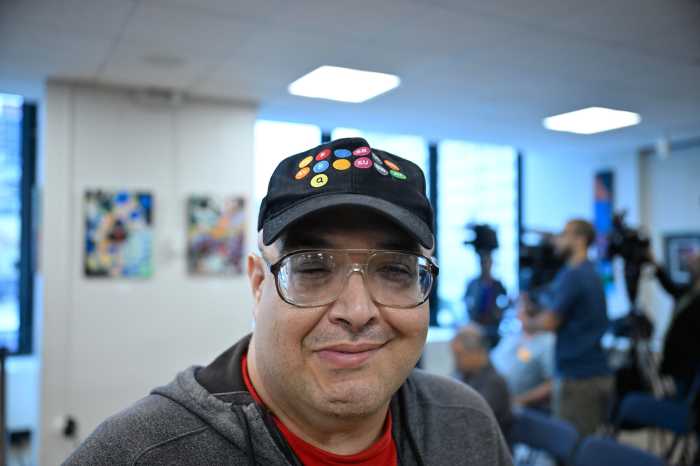
“The Second Avenue Subway has been an unkept promise for too long, especially for East Harlemites,” she said. “Thanks to Governor Hochul’s perseverance and investment, the tireless advocacy of our champions in Washington, and the leadership at the MTA who are working to deliver a better project, this contract will help extend the line to 125th Street, filling the hole left when the Second Avenue El was demolished.”
She said she is looking forward to riding the line when it opens in 2032.
“It’s thrilling to see this next phase come to life,” Daglian said. “I can’t wait to get on board.”
Christopher Greif, who advocates for transit accessibility, celebrated the contract vote.
“As a person with a disability, I really can’t wait to get on Phase 2,” he said. “We need this for seniors, for people with disabilities, and let’s not forget our veterans.”
